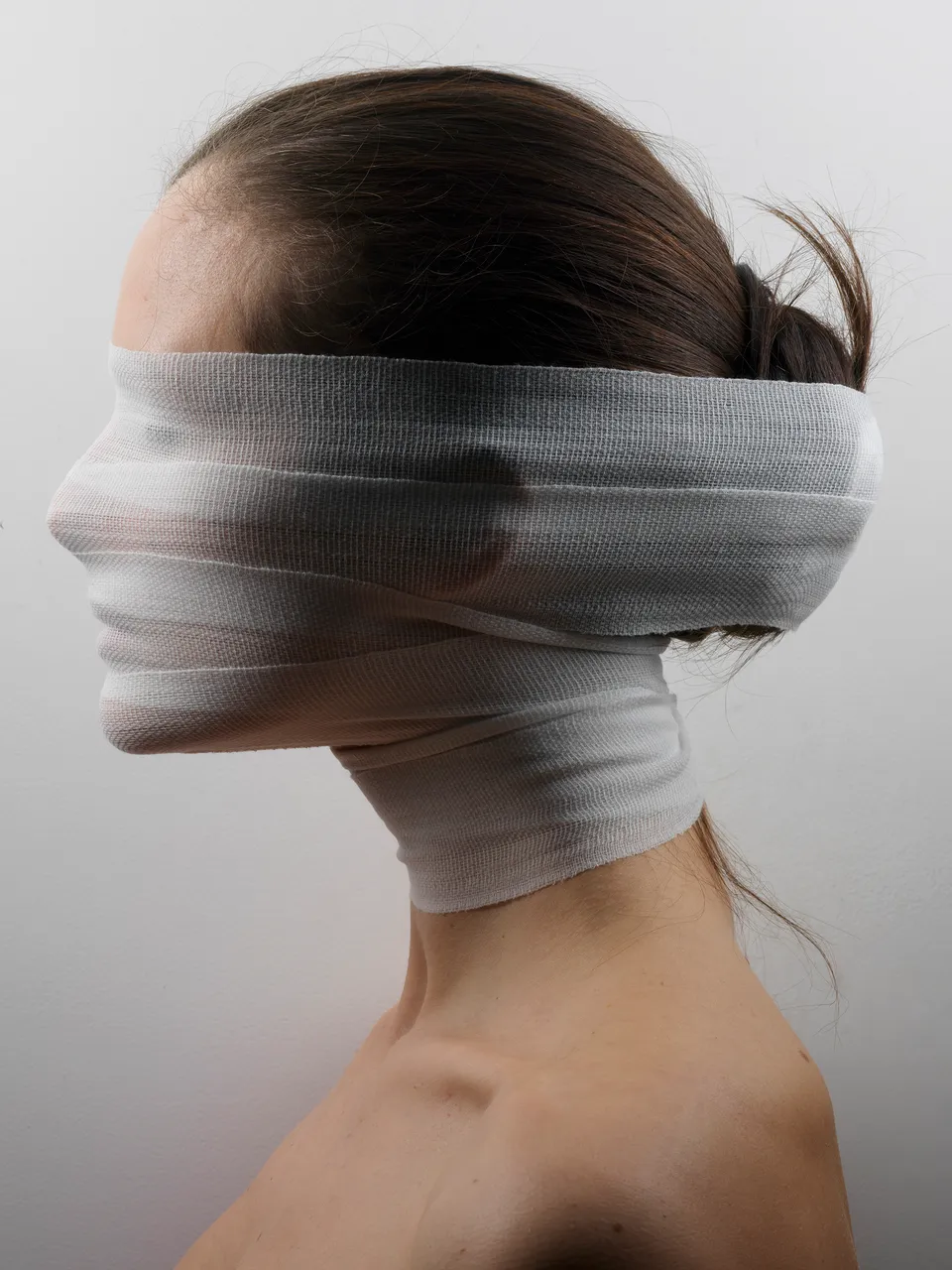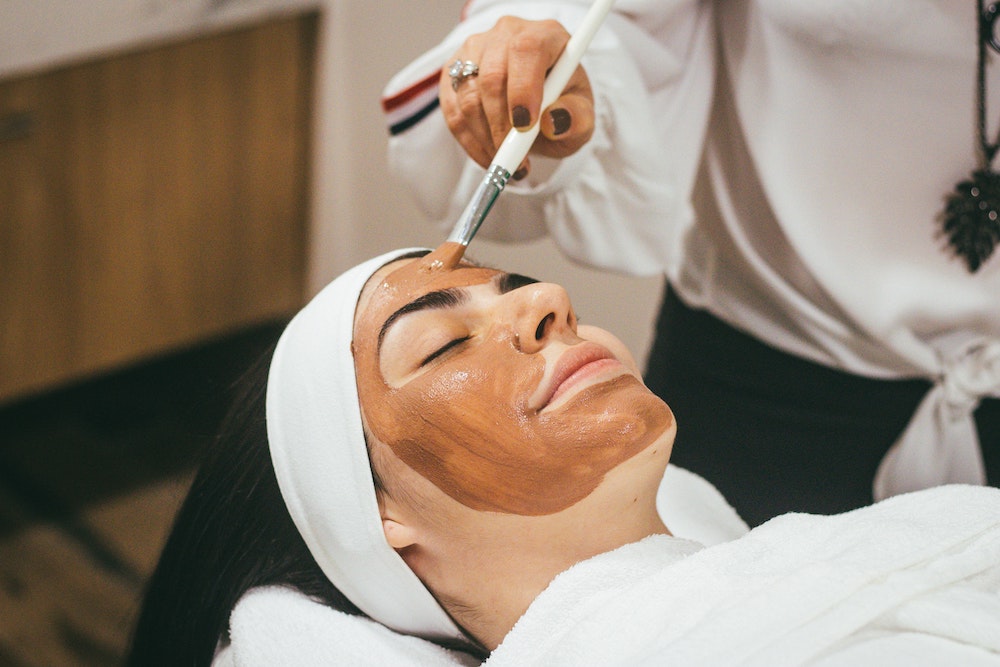As Medical Aesthetics continues to grow, the demand for medical professionals is ever-increasing. In particular, many registered nurses, nurse practitioners, and physician assistants are turning to the aesthetics industry—specifically aesthetic injecting—with great interest. Recent census reports there are approximately 2.98 million registered nurses in the United States1, and just over one million active physicians.2 For the purpose of this article, we’ll focus on the larger population of registered nurses, nurse practitioners, and physician assistants who may be asking themselves, “Do I need an MD, DO, NP, RN, PA, or other training or certification to be an aesthetic injector?” The short answer is yes. But there’s more to it than that.
We spoke with a few experienced aesthetic nurses, nurse practitioners, and physician assistants in the Medical Aesthetics industry to help explain why the appropriate medical license and experience is so important to beginning a successful career as a Medical Aesthetic injector.
1. An aesthetic injector must be a medical professional.
First and foremost, aesthetic injections are medical procedures that require the skill of a medical professional to administer. This could be an MD, DO, RN, NP, or PA, depending on your state’s licensing requirements. Training and certification requirements are set by each state and each state’s medical board. You can find more about state licensing requirements here.
Connie Brennan, APRN, AGNP-BC, PHN, CANS, CPSN, CPC, ISPAN-F, explains, “In my state of Minnesota, for example, Licensed Practical Nurses (LPNs) are able to do aesthetic injections under the guidance of a medical director. In other states, however, only registered nurses or nurse practitioners are able to administer aesthetic injections.” She advises all aspiring medical professionals to thoroughly examine the requirements in all the states where they aspire to practice.
The first step to becoming an aesthetic injector is to earn a degree from an accredited nursing, nurse practitioner, or physician assistant program and obtain a state license to practice as an RN, NP, or PA. From there, you’ll want to check with your state board to determine which licensing and certifications are necessary to pursue a career as an aesthetic injector, and select the appropriate training to get you started.
2. Prior RN, NP, or PA experience gives you an intimate knowledge of patient care.
Being able to evaluate a patient’s condition, educate them on treatment options, and care for them safely through every step of the process stems from prior RN, NP, or PA experience and knowledge.
When you train to be an RN, NP, or PA, you learn fundamental skills that are not only helpful but essential to becoming an aesthetic injector. “As a nurse injector, you’re still adhering to critical, core nursing skills—assessing, evaluating, treating—just like you would if you were working in oncology or cardiology, but now you’re applying it to injections and facial treatments,” says Racquel Frisella, MSN, AGPCNP-BC.
While past medical experience is a must, other hobbies and interests outside of healthcare can be a valuable complement to your medical skills. Customer service work and even an art background can give you an edge. For example, Connie’s previous work as a photographer developed the eye she has for light and shadow—a skill she uses every day to bring artistry to her work in Medical Aesthetics.
3. As an RN, NP, or PA, you’re likely already certified to administer aesthetic injections.
That’s not to say anyone with a medical license should perform aesthetic injections without additional training. Patient safety is of the utmost importance and requires specialized knowledge—and experience. Becoming a qualified aesthetic injector requires extensive medical education, training, and practice, as well as a continued dedication to learning.
One of those core skills that a traditional RN, NP, or PA learns is how to administer injections safely and correctly, a valuable and transferable skillset in Medical Aesthetics. “When you get a nursing degree, you’re certified to administer penicillin, so you can administer neurotoxins and dermal fillers as well,” Racquel clarifies. That being said, she adds that education and training in the area of aesthetic injecting is very important. “Aesthetics is a nursing specialty, just like anything else.”
4. Training as an RN, NP, or PA prepares you to handle many situations.
Because administering neurotoxins or dermal fillers is a medical procedure, there are foundational skills such as administering shots, cleaning wounds, bedside manner, and caring for patients that are necessary to performing Medical Aesthetic jobs.
Racquel emphasizes, “Working in a hospital, I learned to think critically on my toes. When you learn those foundational skills as a nurse, they never leave you.”
5. Understanding anatomy is crucial to patient safety.
In addition to medical training and patient care, nursing, nurse practitioner, and physician assistant schools give you a basic understanding of human anatomy, which is absolutely essential to Medical Aesthetics.
“Anatomy is the foundation of everything we do on the face,” Connie emphasizes. “Anyone can put a needle through the skin. But if you don’t understand facial anatomy, you can’t administer a product safely and effectively to get your patient the desired outcome.”
6. Your medical license may open the door to opportunities in Medical Aesthetics.
Most entry-level aesthetic injector jobs require two years of experience, but how can you get experience without that first job?
Simone Hopes, PA-C, from Houston, Texas, started with clinical rotations during PA school for plastics and reconstructive surgery. “That introduced me to neurotoxins and a little bit of aesthetic experience,” she explains, “so I used that as leverage when I applied at a local med spa.” She also called plastic surgeons all over Houston to find shadow opportunities; almost everyone turned her away, but eventually her perseverance paid off.
7. Researching, training, and teaching are pillars of continued education in Medical Aesthetics.
Malcom Gladwell’s book, Outliers: The Story of Success, as well as other research, supports the theory that 10,000 hours of work is the magic number to become an expert in something—yet 10,000 hours is not done in a year. It’s done over the course of many years.3
That’s why even after receiving her master’s degree in nursing, Connie spends 4-8 hours on continued education every week—constantly taking online courses, reading articles, or going to conferences and classes. It’s important to stay current, and doing small things every day drives her learning process. Additionally, she imparts that “to teach is to learn” and spends 8-15 hours a week educating other providers.
“Consistency is key,” says Racquel, who spends “a few hours each week reading studies or articles, watching videos, or talking with my colleagues across the country. Investing just a couple of hours each week adds up over the course of a month, a year, and of course the span of my career.”
Simone devotes “85-90 hours per year on CME that are Category 1,” yet aspires to get about 150 hours of continued education per year, including conferences as well as opportunities to learn abroad.
Alongside studying and teaching, Connie observes, “Treating patients is a learning opportunity as each patient is unique and each face gives a great lesson.”
So, yes, a nursing, nurse practitioner, or physician assistant degree or other medical license is absolutely essential to injecting in Medical Aesthetics—however, researching each state’s requirements is just as crucial. Not only do you acquire the basic medical knowledge needed to be a successful aesthetic injector, but prior traditional nursing, nurse practitioner, or physician assistant experience also prepares you to care for your patients safely and effectively.

















